Home>Renovation & DIY>Tools & Equipment>What Does A Phillips Screwdriver Do
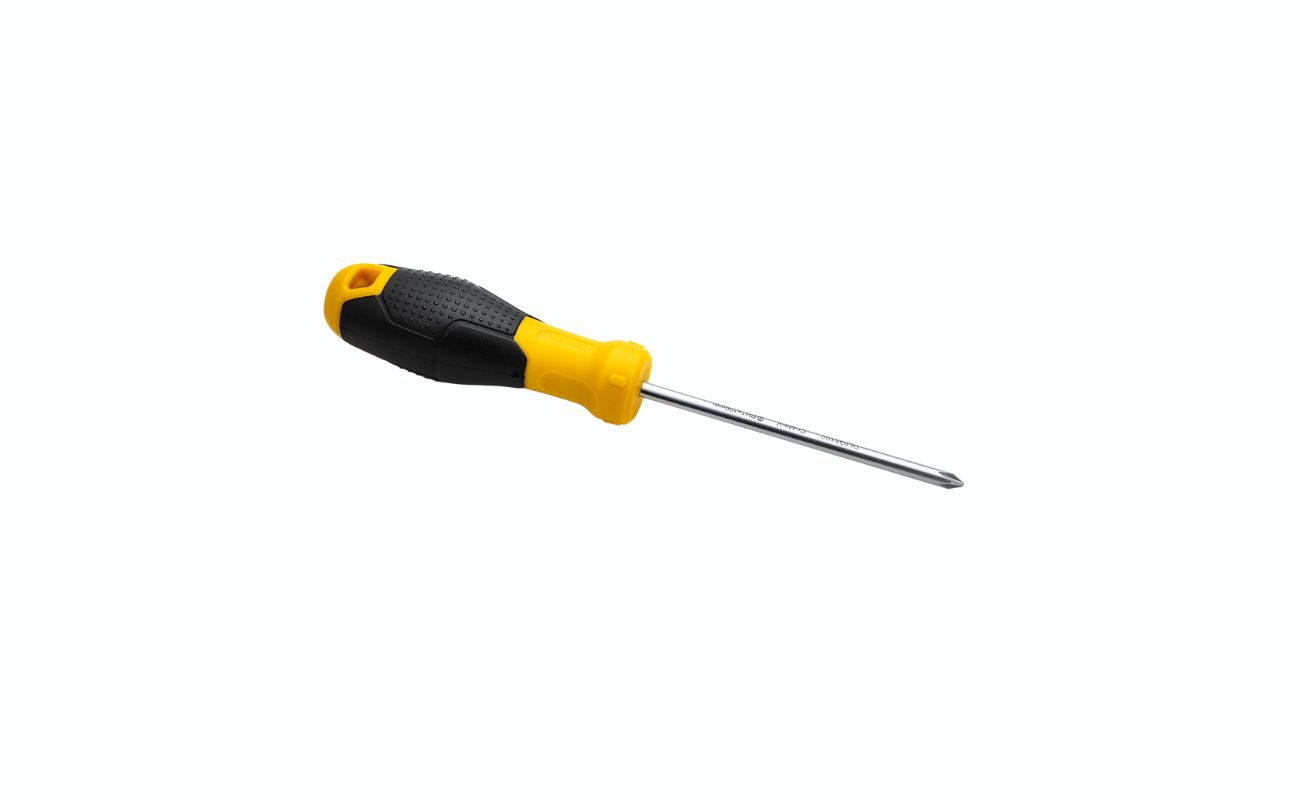

Tools & Equipment
What Does A Phillips Screwdriver Do
Modified: January 4, 2024
Discover the versatility of tools and equipment with a Phillips screwdriver. Learn how this essential tool can simplify your DIY projects and home repairs. Explore its uses and benefits now!
(Many of the links in this article redirect to a specific reviewed product. Your purchase of these products through affiliate links helps to generate commission for Storables.com, at no extra cost. Learn more)
**
Introduction
**
When it comes to tools, the humble screwdriver is a staple in every toolbox. Among the various types of screwdrivers, the Phillips screwdriver stands out as a versatile and widely used tool. Its unique design and functionality make it indispensable for a wide range of applications, from assembling furniture to repairing electronic devices. In this article, we delve into the world of Phillips screwdrivers, exploring their history, usage, types, as well as the advantages and disadvantages they offer. Whether you're a seasoned DIY enthusiast or just beginning to explore the world of tools, understanding the role and significance of the Phillips screwdriver is essential. Join us as we uncover the fascinating details behind this ubiquitous tool and its impact on the world of fastening and assembly.
**
Key Takeaways:
- The Phillips screwdriver, invented in the 1930s, revolutionized fastening with its secure grip and efficient torque transfer. It’s a must-have tool for DIY and professional projects, offering versatility and reliability.
- While Phillips screwdrivers provide enhanced torque and versatility, they may be prone to cam-out and over-tightening. Understanding their advantages and limitations empowers users to make informed choices for different applications.
History of the Phillips Screwdriver
**
The Phillips screwdriver, named after its inventor Henry F. Phillips, has a rich and intriguing history that dates back to the 1930s. Phillips designed this innovative screw head to address the limitations of the standard slotted screw, which often caused the screwdriver to slip and damage the fastener. The Phillips screw features a cross-shaped recess with rounded edges, allowing the screwdriver to engage more securely with the fastener, thereby reducing the likelihood of slippage and damage.
Originally patented in 1936, the Phillips screw gained widespread popularity due to its ability to facilitate faster and more efficient assembly in various industries. The automotive and manufacturing sectors, in particular, embraced the Phillips screw and screwdriver, leading to a significant increase in productivity and reliability in assembly processes. The design’s success was further amplified by its compatibility with automated screwdriving systems, making it an indispensable component in mass production and assembly line operations.
Over the years, the Phillips screwdriver has become synonymous with reliability and ease of use, earning its place as a fundamental tool in both professional and DIY settings. Its impact on the world of fastening and assembly cannot be overstated, as it continues to play a crucial role in countless applications, from household repairs to large-scale industrial projects.
The evolution of the Phillips screwdriver has also paved the way for advancements in fastening technology, inspiring the development of other screw head designs tailored to specific industry requirements. Despite the emergence of alternative screw head types, the Phillips screwdriver remains a timeless and indispensable tool, embodying the legacy of innovation and practicality that defines the world of tools and equipment.
**
How to Use a Phillips Screwdriver
**
Using a Phillips screwdriver is a straightforward process that requires minimal effort and offers maximum efficiency. Whether you’re a seasoned professional or a DIY enthusiast, mastering the art of using a Phillips screwdriver is essential for various projects and repairs. Here’s a step-by-step guide to effectively utilizing this versatile tool:
- Select the Right Size: Before diving into your project, ensure that you have the appropriate size of Phillips screwdriver for the screw you intend to fasten or remove. Using an ill-fitting screwdriver can lead to slippage and potential damage to the screw head.
- Align the Screwdriver: Position the Phillips screwdriver perpendicular to the screw head, ensuring that the tip of the screwdriver fits snugly into the cross-shaped recess of the screw.
- Apply Firm Pressure: With a firm grip on the screwdriver handle, apply downward pressure while turning it clockwise to tighten the screw or counterclockwise to loosen it. The design of the Phillips screw head allows for enhanced torque transmission, making the fastening and unfastening process efficient and reliable.
- Avoid Over-tightening: Exercise caution to avoid over-tightening the screw, as this can lead to damage or stripping of the screw head, compromising its usability in the future.
- Secure Removal: When removing a Phillips screw, ensure that the screwdriver remains securely engaged with the screw head to prevent slippage, which could mar the fastener or surrounding surfaces.
Mastering these fundamental techniques will empower you to handle a wide array of fastening and assembly tasks with precision and confidence. Whether you’re assembling furniture, installing fixtures, or undertaking repairs, the Phillips screwdriver is a reliable companion that simplifies the process and delivers consistent results.
**
Types of Phillips Screwdrivers
**
Phillips screwdrivers come in various types and designs, each tailored to specific applications and user preferences. Understanding the different types of Phillips screwdrivers equips individuals with the knowledge to select the most suitable tool for their projects. Here are some common variations of Phillips screwdrivers:
- Standard Phillips Screwdriver: This is the most prevalent type of Phillips screwdriver, featuring a traditional handle and a tip designed to fit standard Phillips screws. It is a versatile tool suitable for a wide range of household and professional applications.
- Precision Phillips Screwdriver: Engineered for delicate and intricate tasks, precision Phillips screwdrivers feature slender shafts and fine tips, making them ideal for electronics, jewelry, and small appliance repairs.
- Ratcheting Phillips Screwdriver: Equipped with a ratcheting mechanism, this type of screwdriver allows for swift and continuous rotation without the need to lift and reposition the tool, enhancing efficiency and convenience during repetitive fastening tasks.
- Magnetic Phillips Screwdriver: Designed with a magnetized tip, this screwdriver facilitates effortless handling and placement of screws, reducing the risk of dropping or misplacing fasteners during assembly or disassembly.
- Insulated Phillips Screwdriver: Primarily utilized in electrical and wiring applications, insulated Phillips screwdrivers feature non-conductive handles, providing protection against electrical shock and ensuring user safety when working with live circuits.
By familiarizing yourself with these variations, you can make informed decisions when selecting the most suitable Phillips screwdriver for your specific needs. Whether you require precision, enhanced grip, or specialized safety features, there is a Phillips screwdriver designed to meet your requirements, empowering you to tackle diverse projects with confidence and ease.
**
A Phillips screwdriver is used to tighten or loosen screws with a cross-shaped indentation. Make sure to use the correct size screwdriver to avoid damaging the screw head.
Advantages and Disadvantages of Phillips Screwdrivers
**
Phillips screwdrivers offer a host of advantages, making them a popular choice for a wide array of fastening and assembly tasks. However, like any tool, they also come with their own set of limitations. Understanding the pros and cons of Phillips screwdrivers is crucial for making informed decisions when selecting the appropriate tool for a given application.
Advantages:
- Enhanced Torque Transmission: The design of Phillips screw heads and corresponding screwdrivers allows for efficient torque transfer, minimizing the risk of slippage and ensuring secure fastening.
- Compatibility with Automated Systems: Phillips screwdrivers are well-suited for use in automated assembly processes, contributing to enhanced productivity and reliability in mass production environments.
- Versatility: With a wide range of sizes and variations available, Phillips screwdrivers can accommodate diverse fastening needs, from small-scale electronics to heavy-duty construction projects.
- Widespread Availability: Phillips screws and screwdrivers are widely accessible, making them a convenient choice for both professionals and DIY enthusiasts.
Disadvantages:
- Cam-Out Risk: In certain situations, particularly when dealing with aged or worn screws, Phillips screwdrivers may be prone to cam-out, where the tool slips out of the recess, potentially damaging the screw head.
- Limited Self-Centering Ability: Phillips screwdrivers may exhibit reduced self-centering capabilities compared to some alternative screw head designs, requiring more precise alignment during fastening.
- Potential for Over-Tightening: Due to the efficient torque transmission, there is a risk of over-tightening Phillips screws, which can lead to damage or stripping of the fastener.
By weighing these advantages and disadvantages, individuals can make informed choices regarding the use of Phillips screwdrivers in various applications, ensuring optimal results while mitigating potential drawbacks. Whether assembling furniture, conducting repairs, or engaging in construction projects, understanding the nuances of Phillips screwdrivers empowers users to leverage their benefits while navigating their limitations with confidence and expertise.
**
Conclusion
**
The Phillips screwdriver, with its rich history, practical design, and versatile applications, has secured its place as an indispensable tool in the realm of fastening and assembly. From its inception in the 1930s to its widespread adoption across various industries, the Phillips screwdriver has revolutionized the efficiency and reliability of fastening processes, leaving an indelible mark on the world of tools and equipment.
As we’ve explored the evolution of the Phillips screwdriver, its usage techniques, variations, and associated advantages and disadvantages, it’s evident that this tool continues to play a pivotal role in countless projects and repairs. Whether it’s the standard Phillips screwdriver for everyday tasks or specialized variations tailored for precision, insulation, or ratcheting functionality, the versatility and practicality of the Phillips screwdriver make it an essential companion for professionals and DIY enthusiasts alike.
While Phillips screwdrivers offer numerous advantages, it’s essential to acknowledge their limitations and make informed decisions when selecting the appropriate tool for specific applications. By understanding the intricacies of Phillips screwdrivers, users can harness their strengths while navigating potential challenges with skill and expertise.
In conclusion, the Phillips screwdriver stands as a testament to the power of innovation and practical engineering, embodying the enduring legacy of its inventor, Henry F. Phillips. As we continue to rely on this iconic tool for a myriad of fastening needs, its impact on the world of construction, manufacturing, and DIY projects remains unwavering, solidifying its status as an essential and timeless component of every toolbox.
Frequently Asked Questions about What Does A Phillips Screwdriver Do
Was this page helpful?
At Storables.com, we guarantee accurate and reliable information. Our content, validated by Expert Board Contributors, is crafted following stringent Editorial Policies. We're committed to providing you with well-researched, expert-backed insights for all your informational needs.
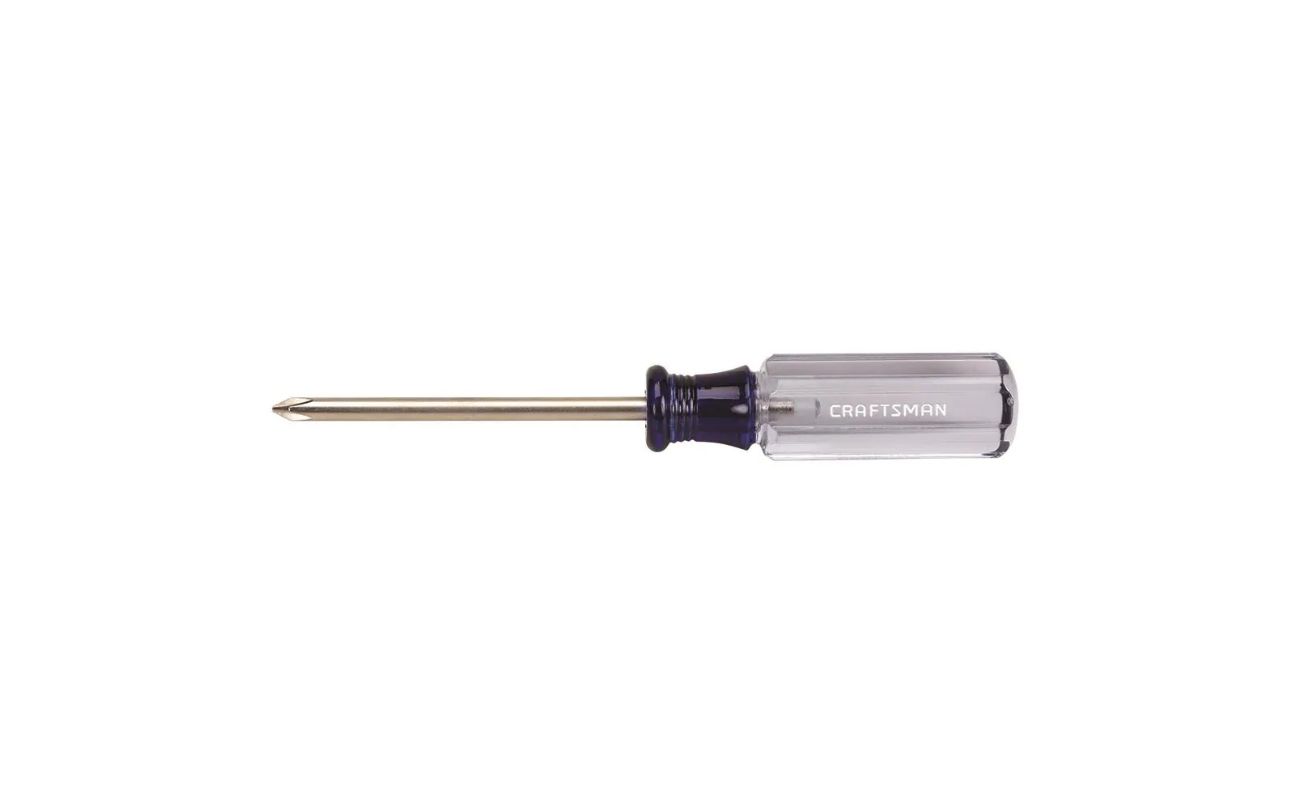
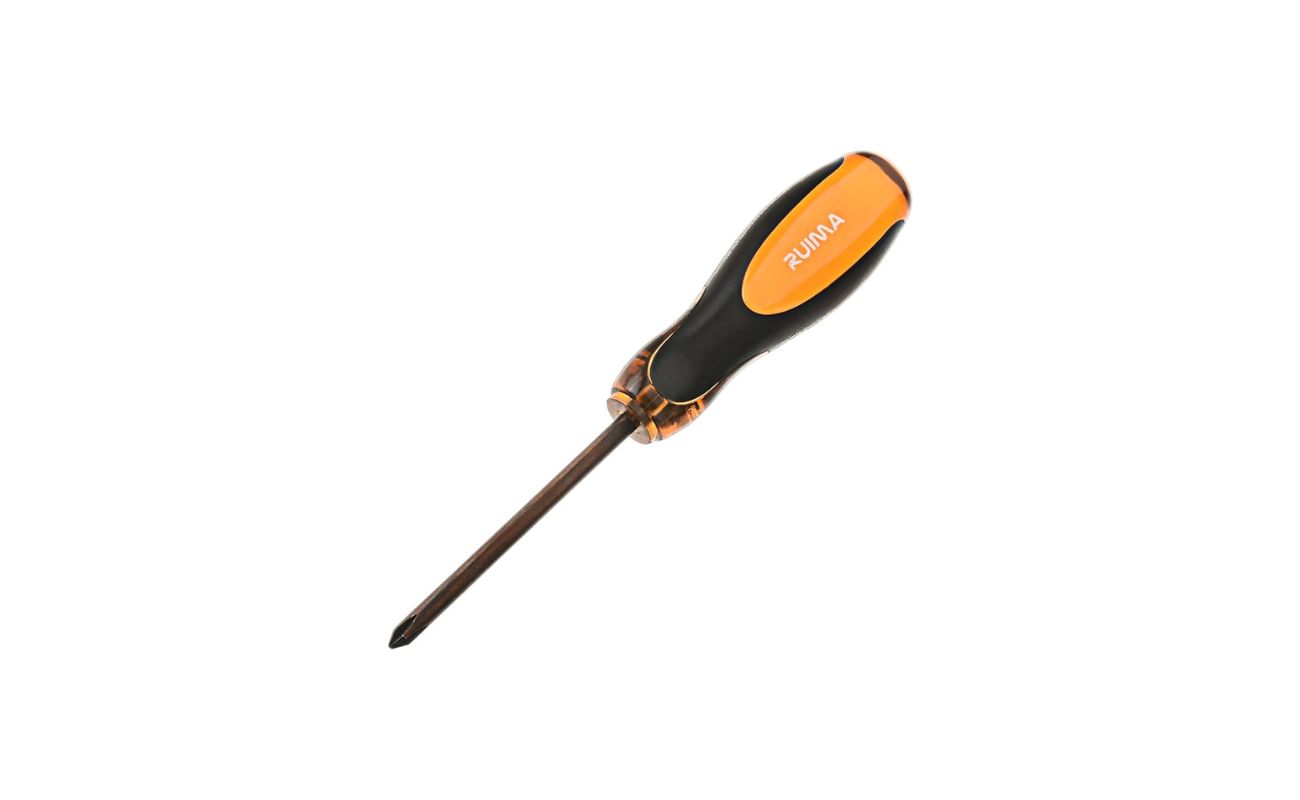

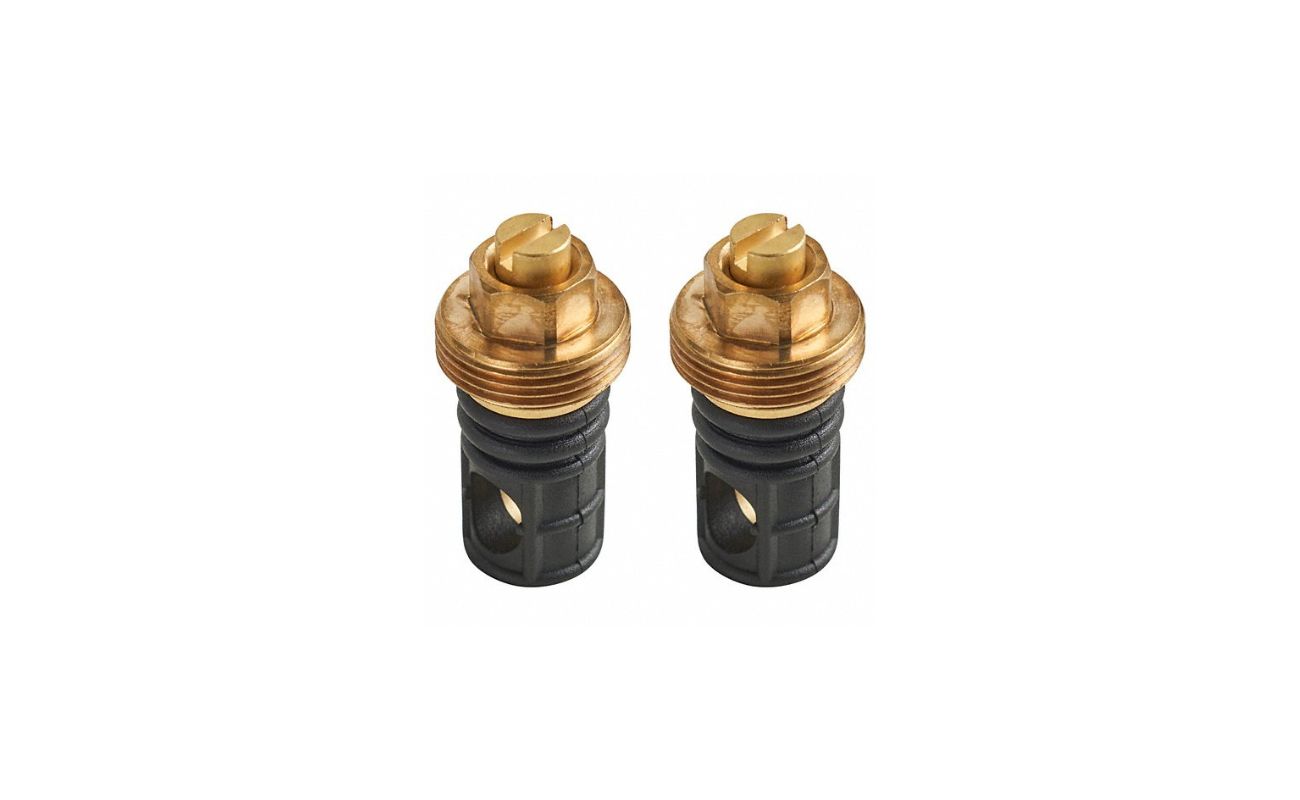
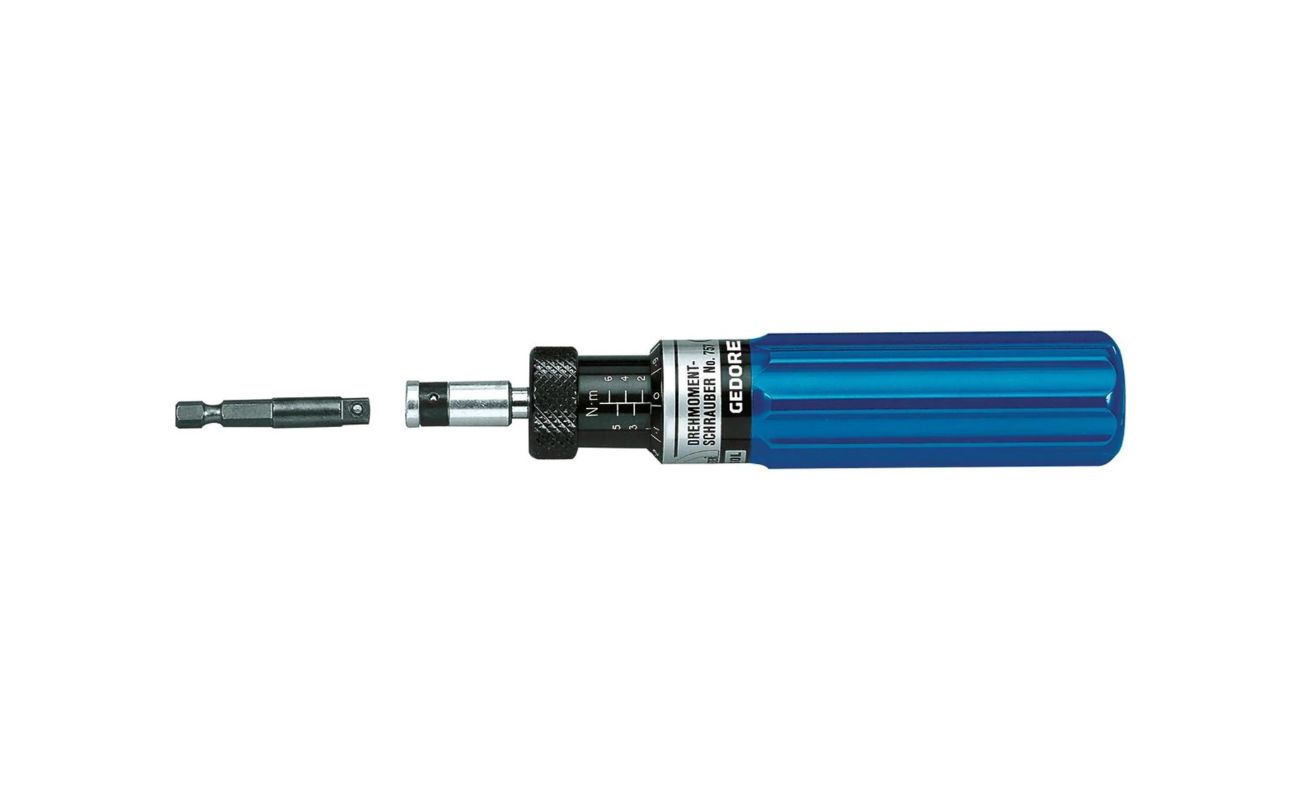
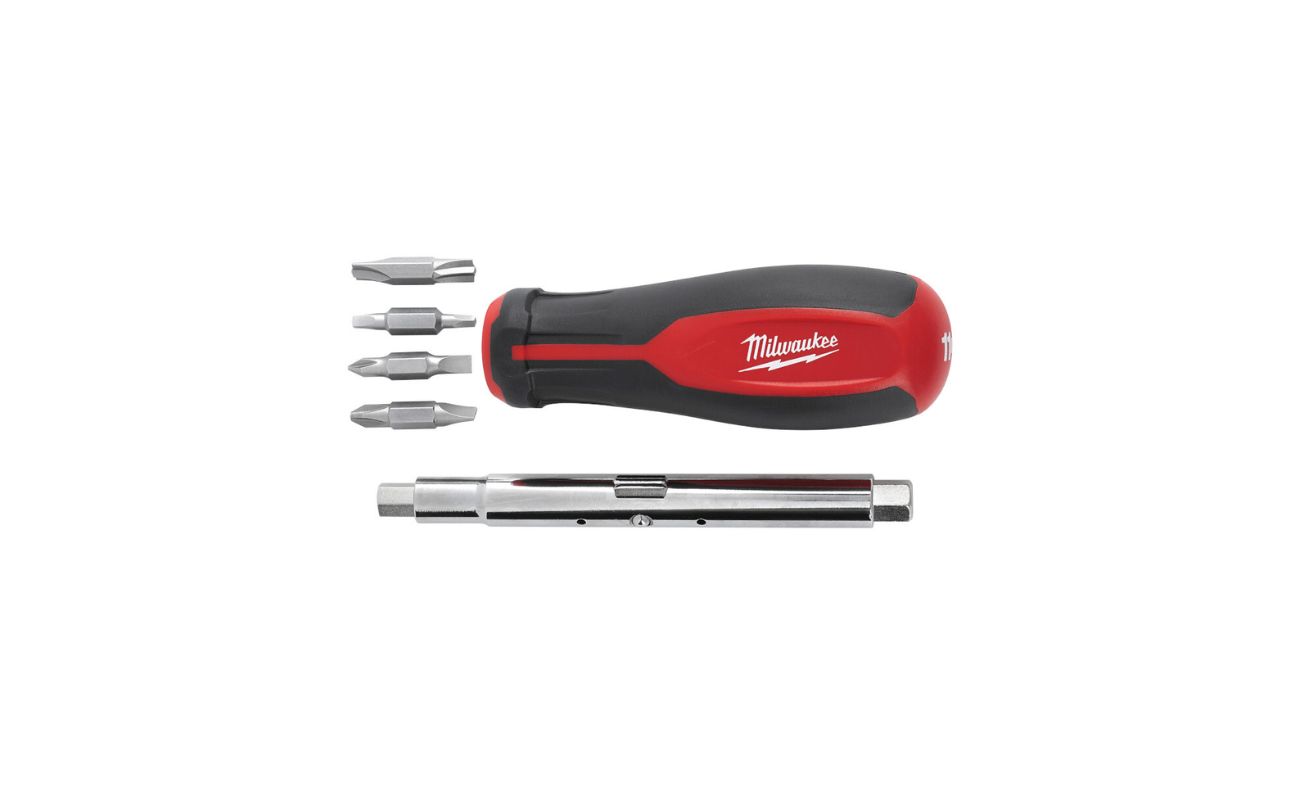
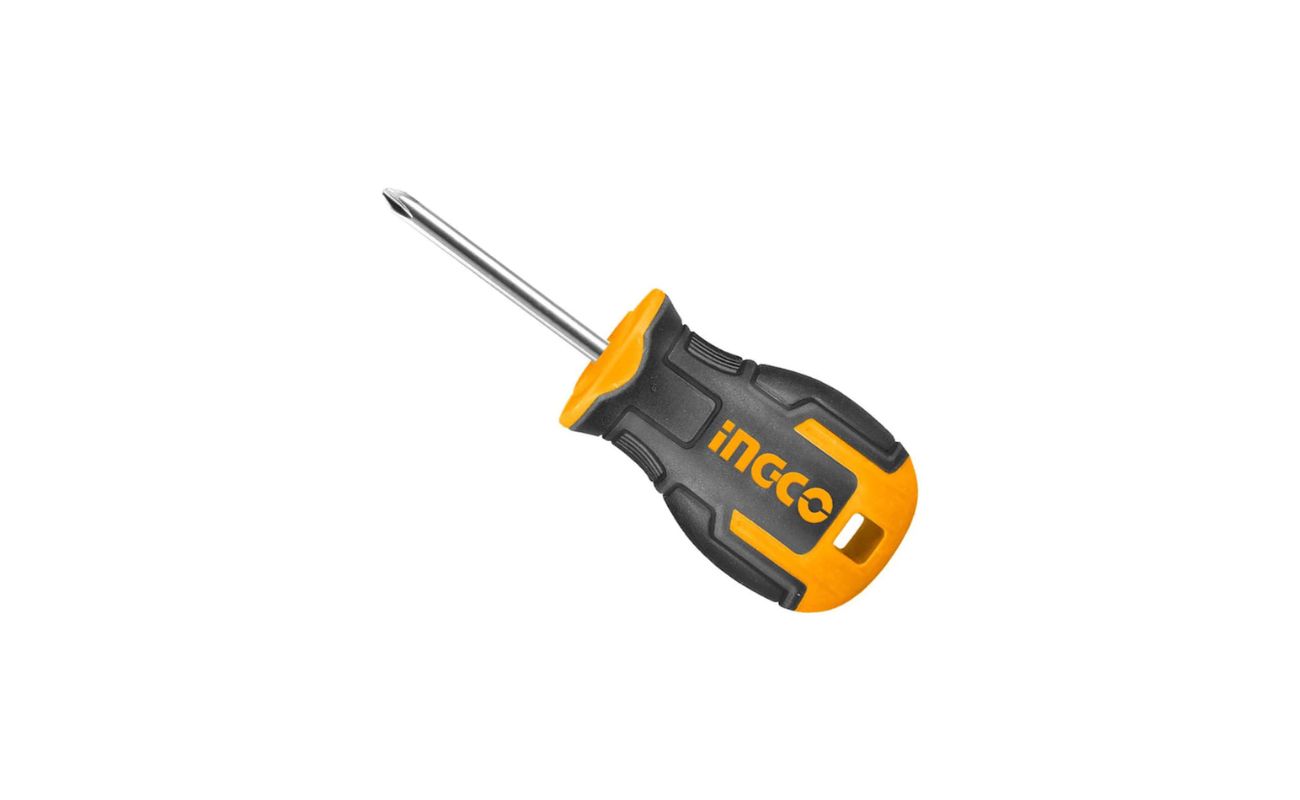
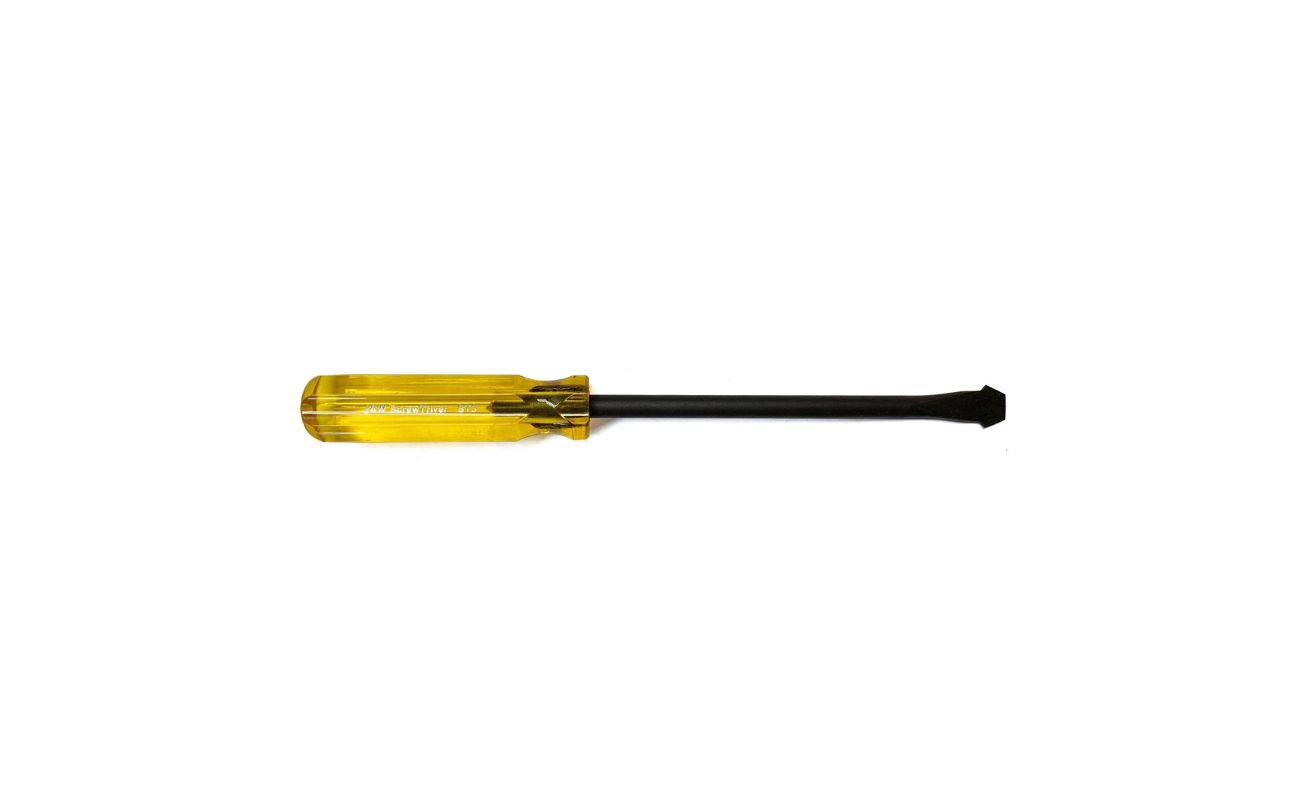
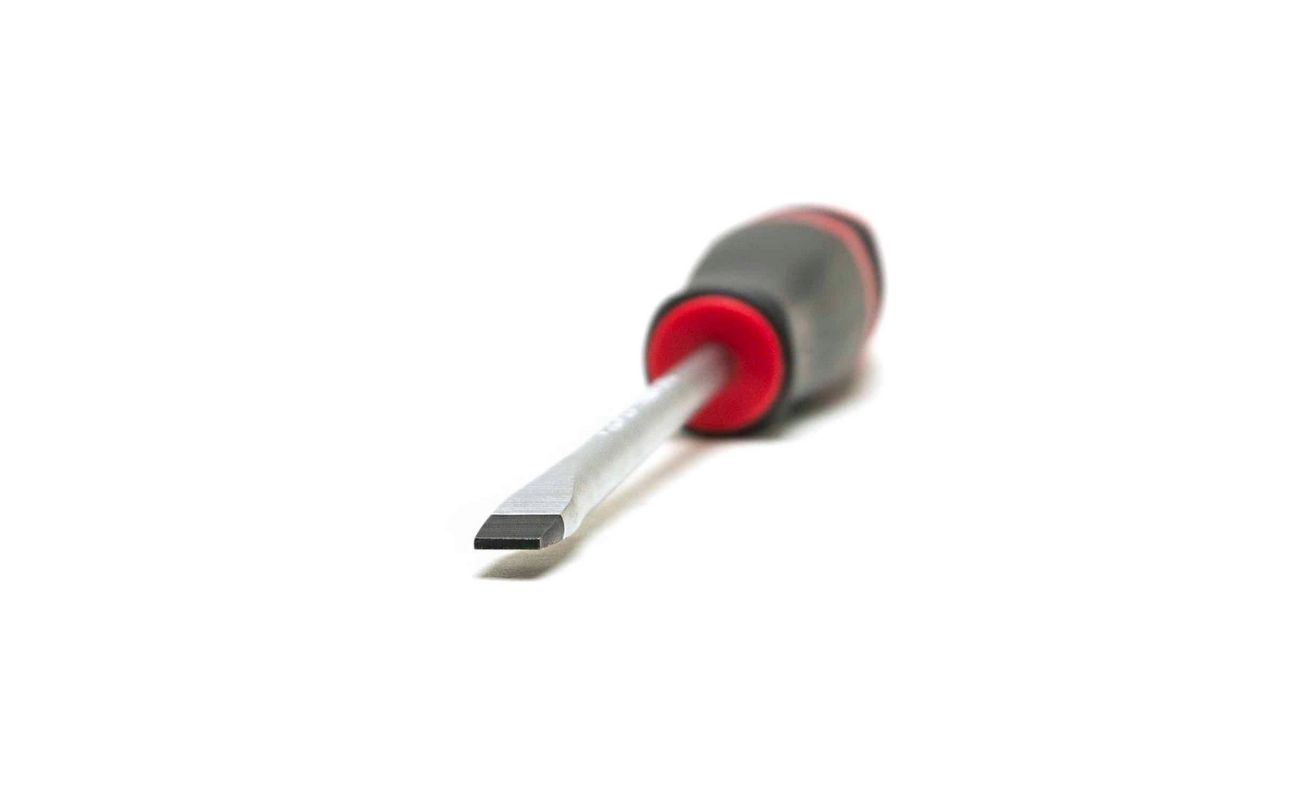
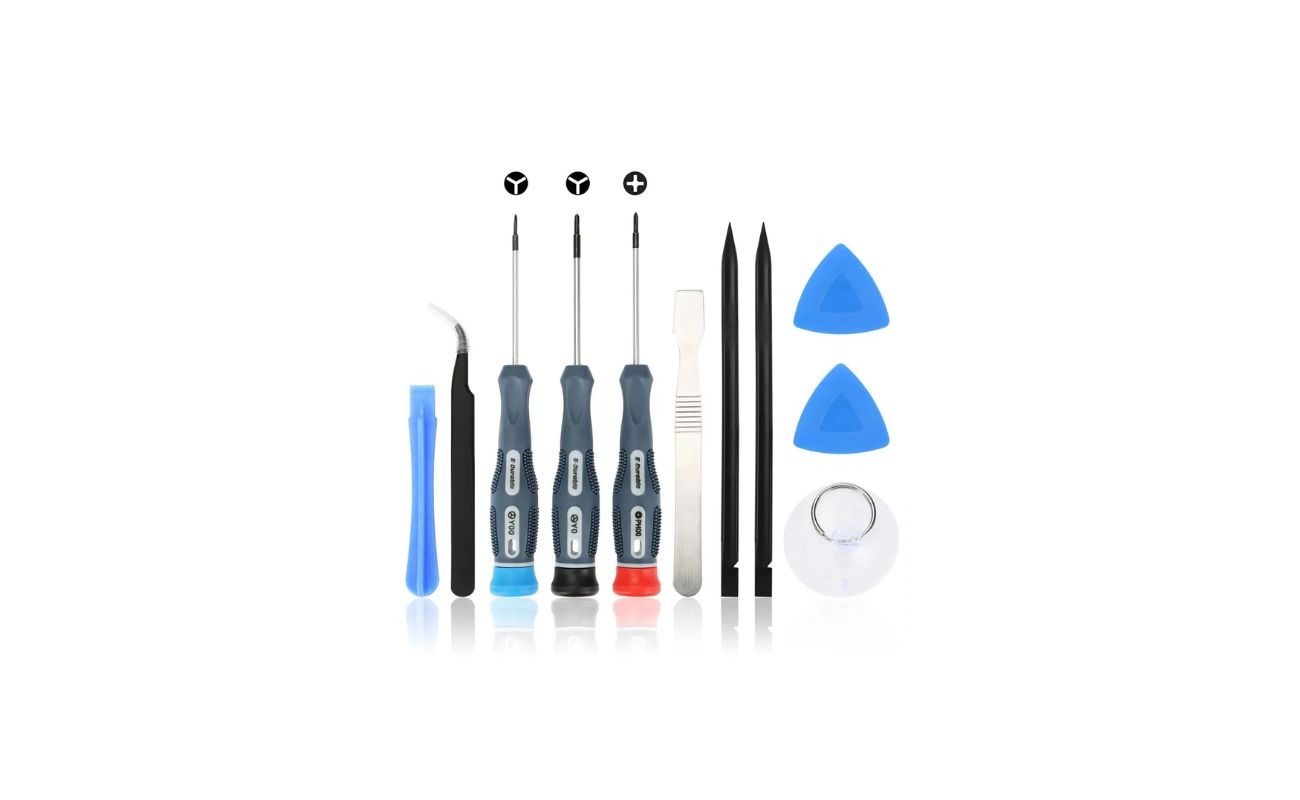
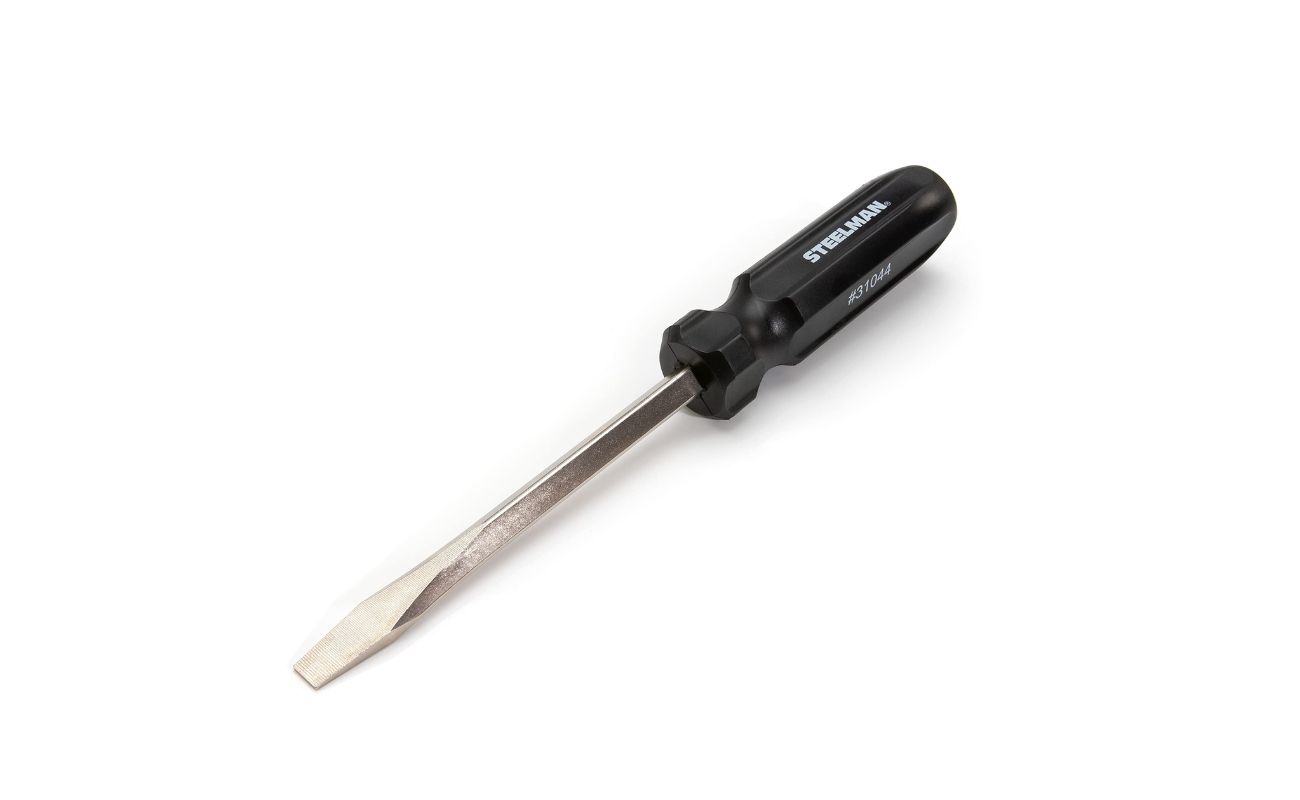
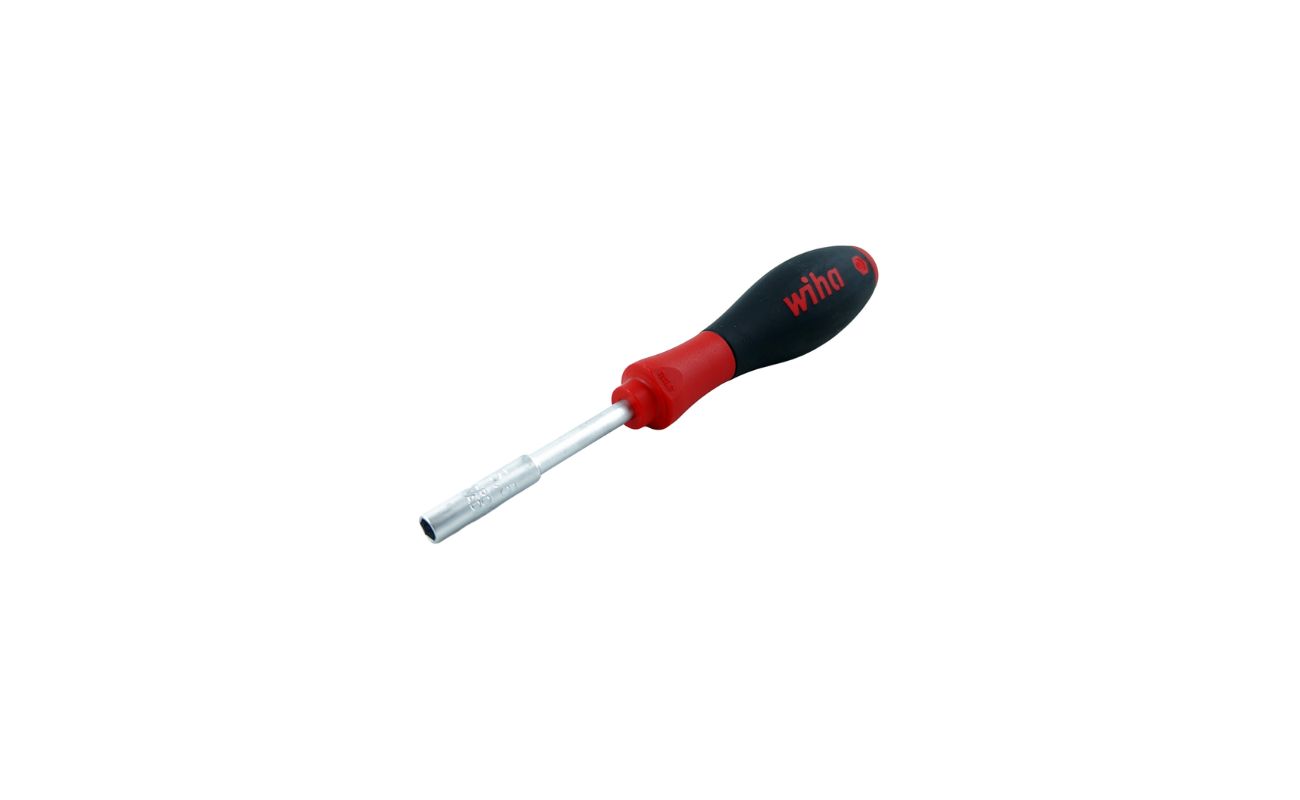
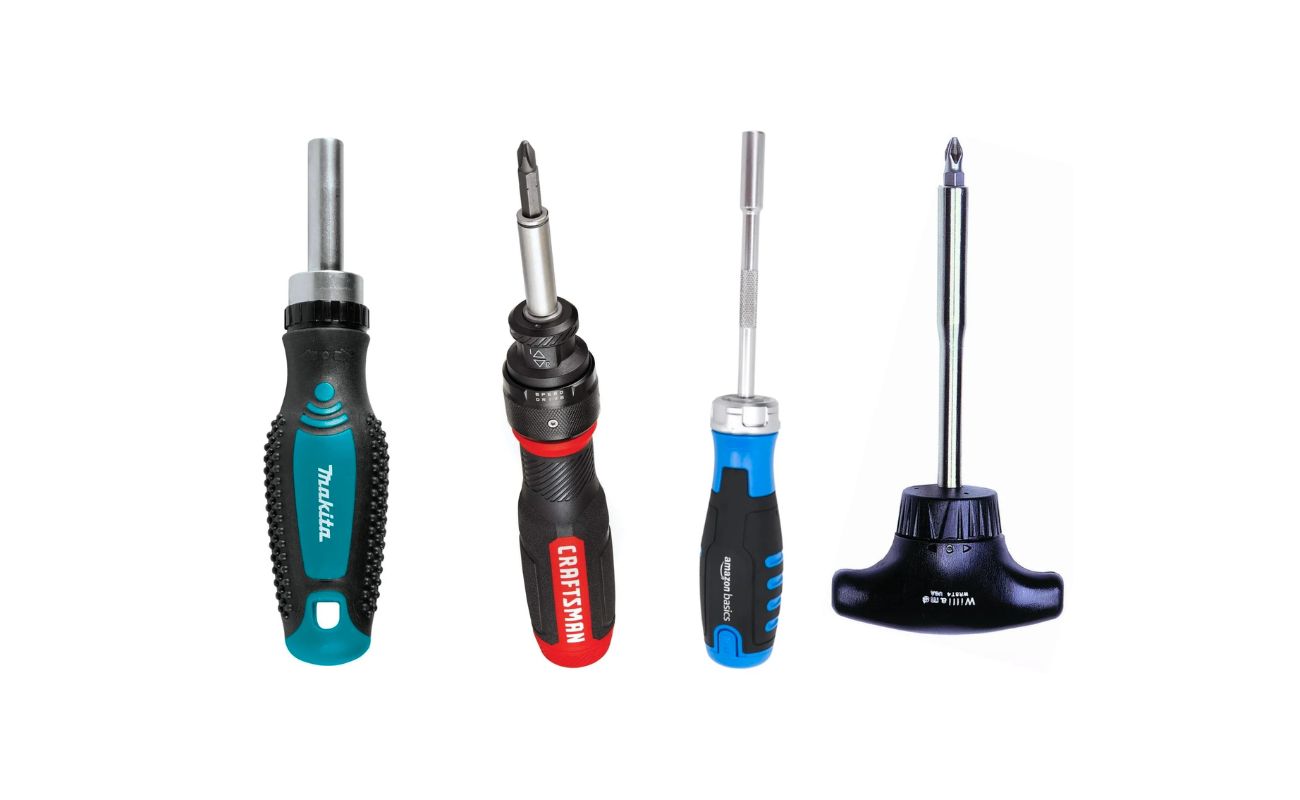
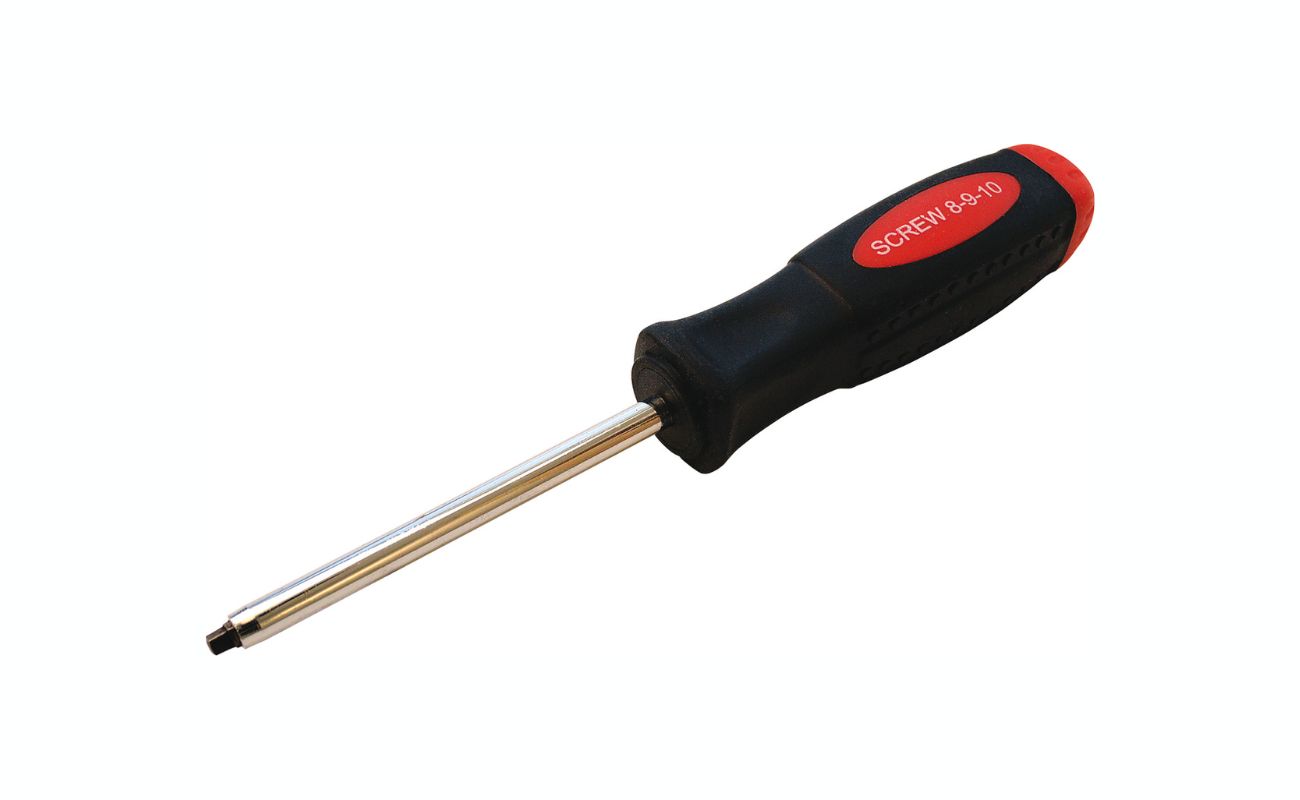

0 thoughts on “What Does A Phillips Screwdriver Do”